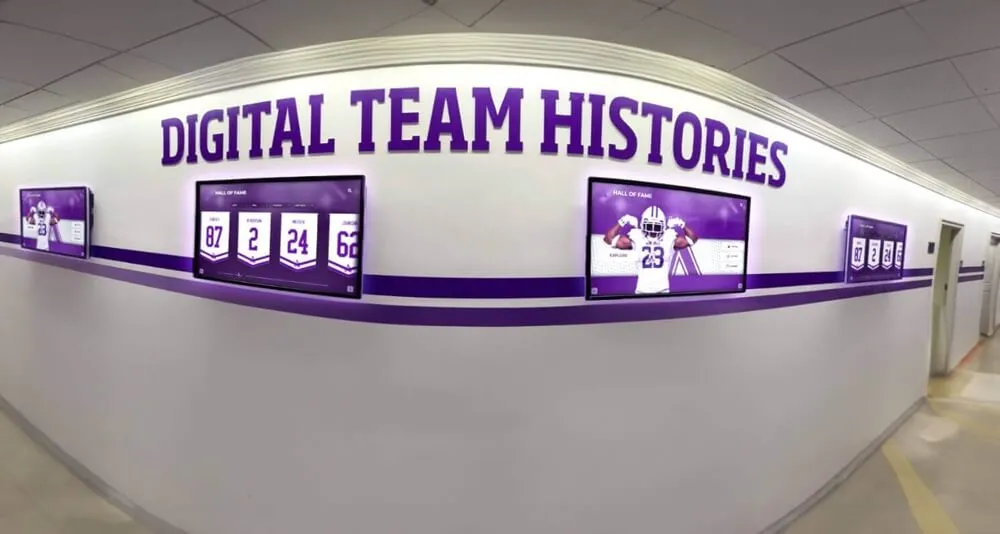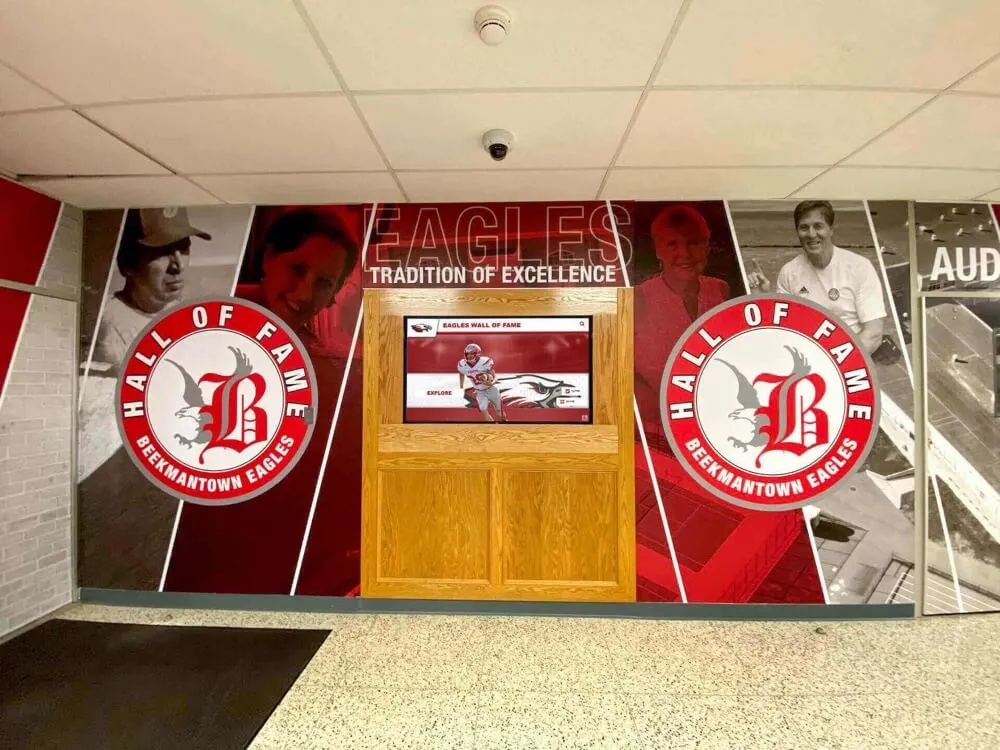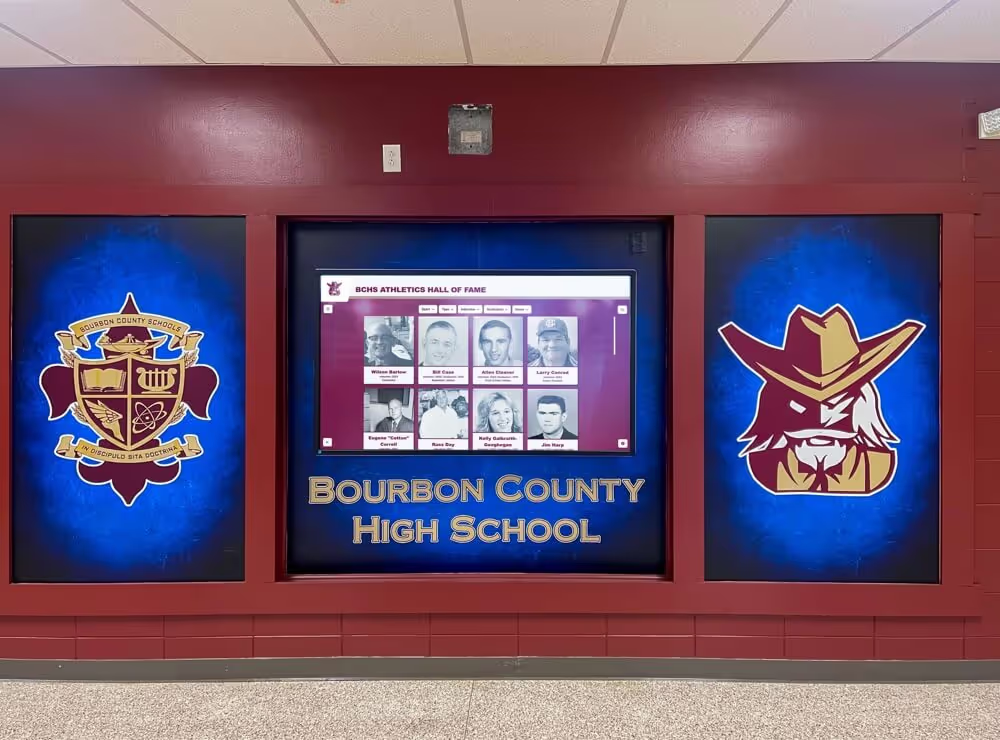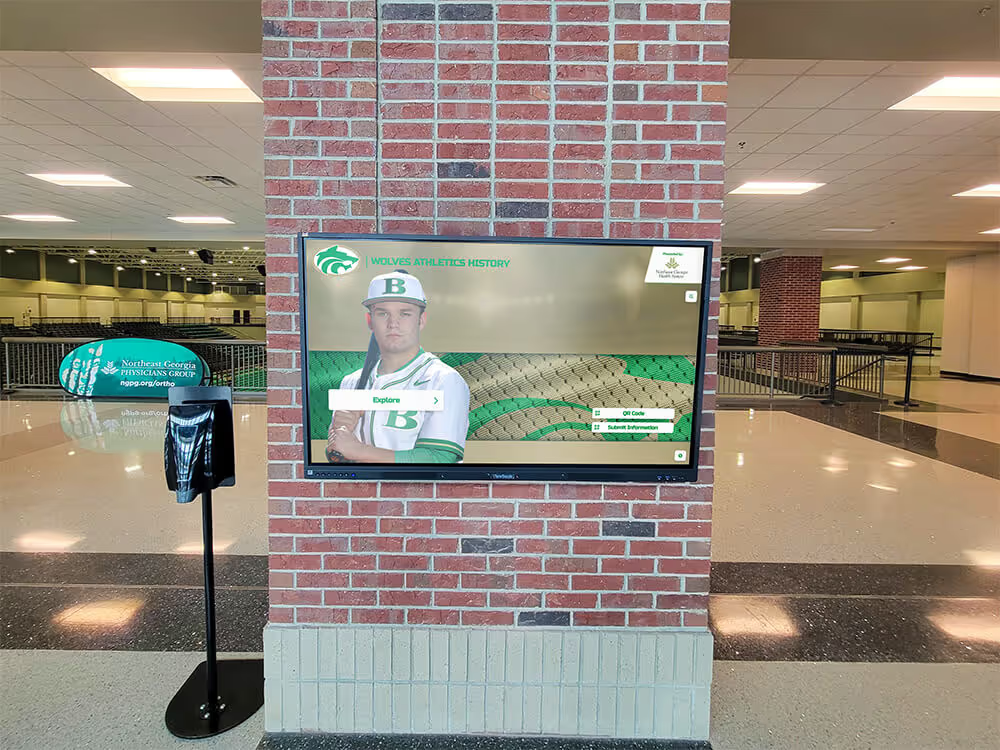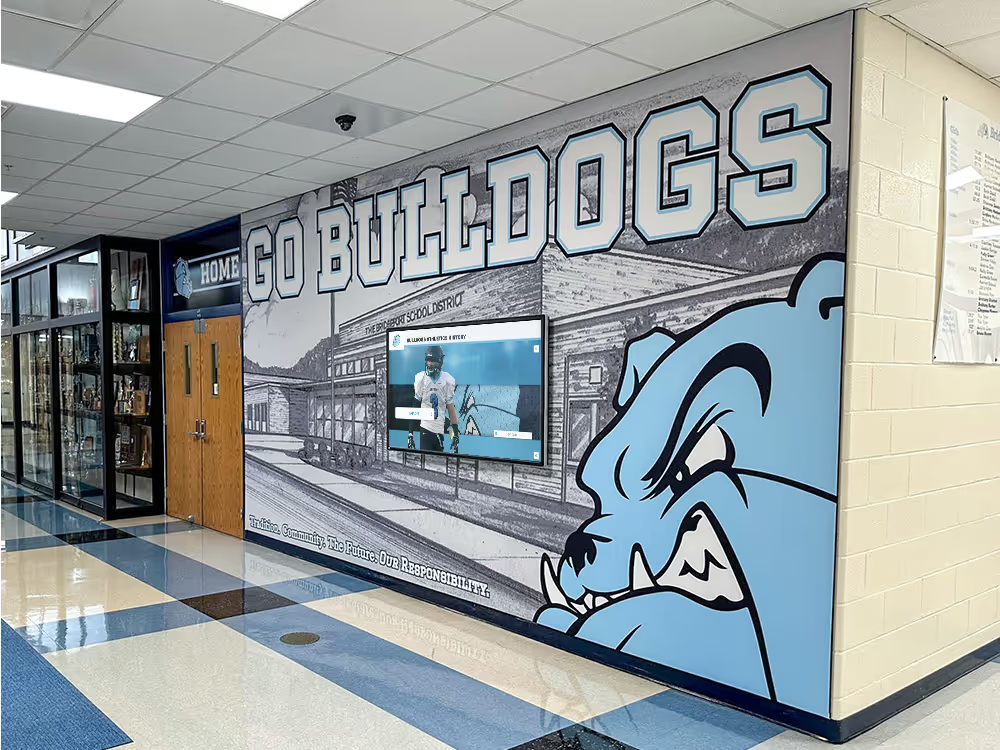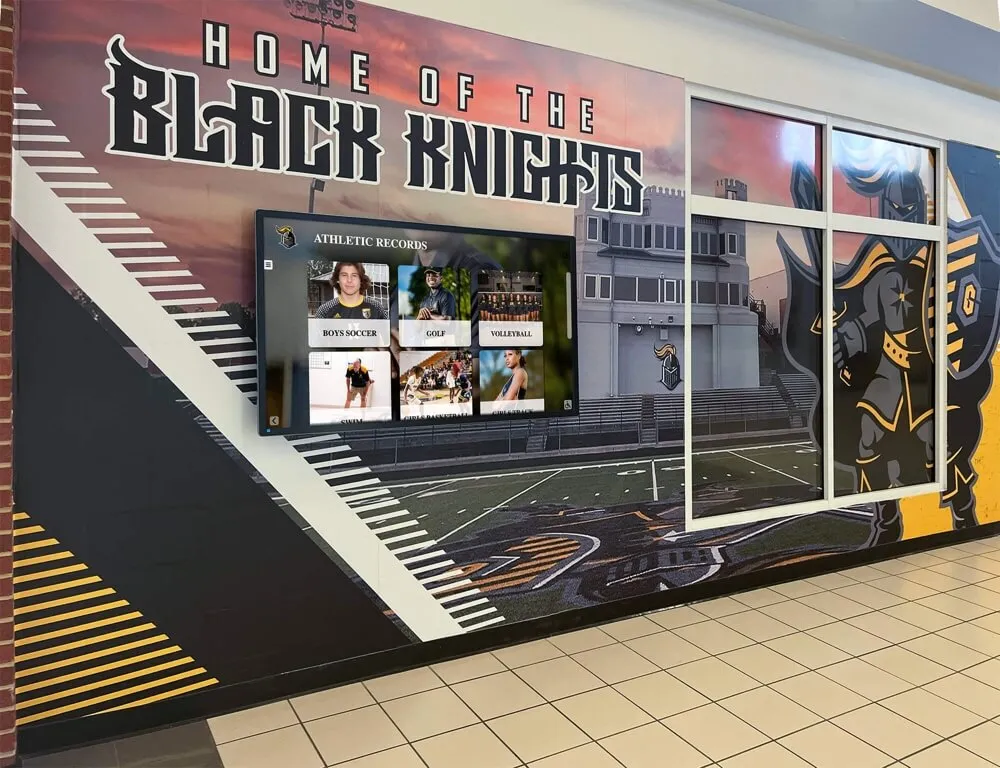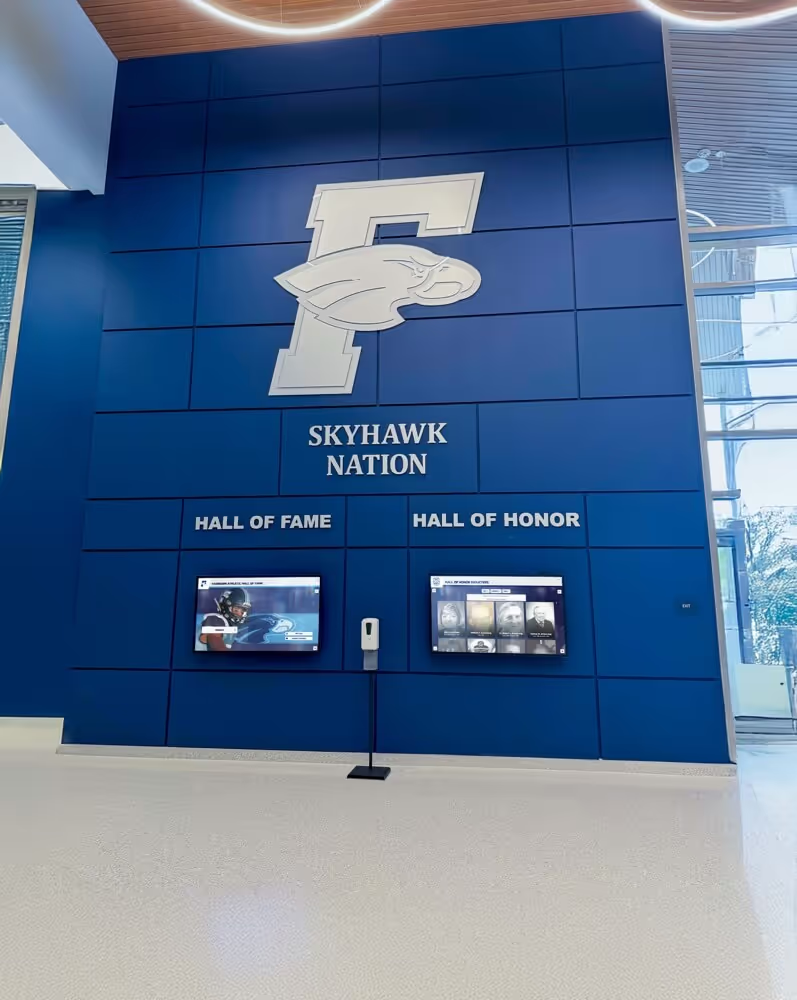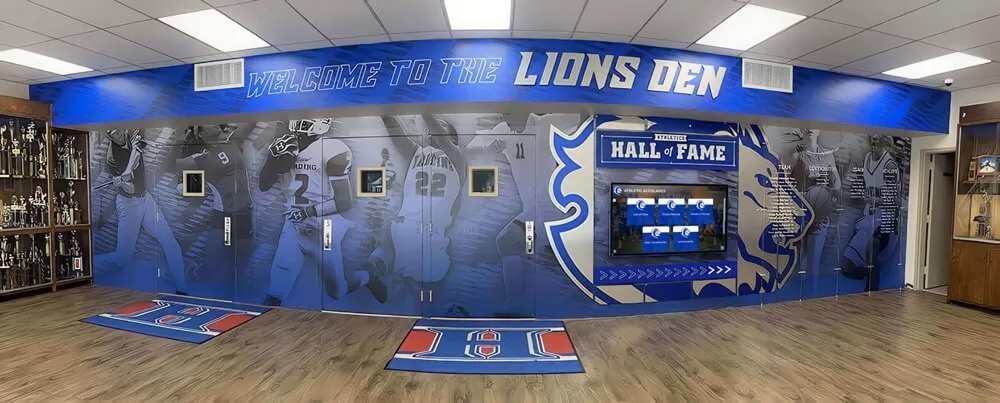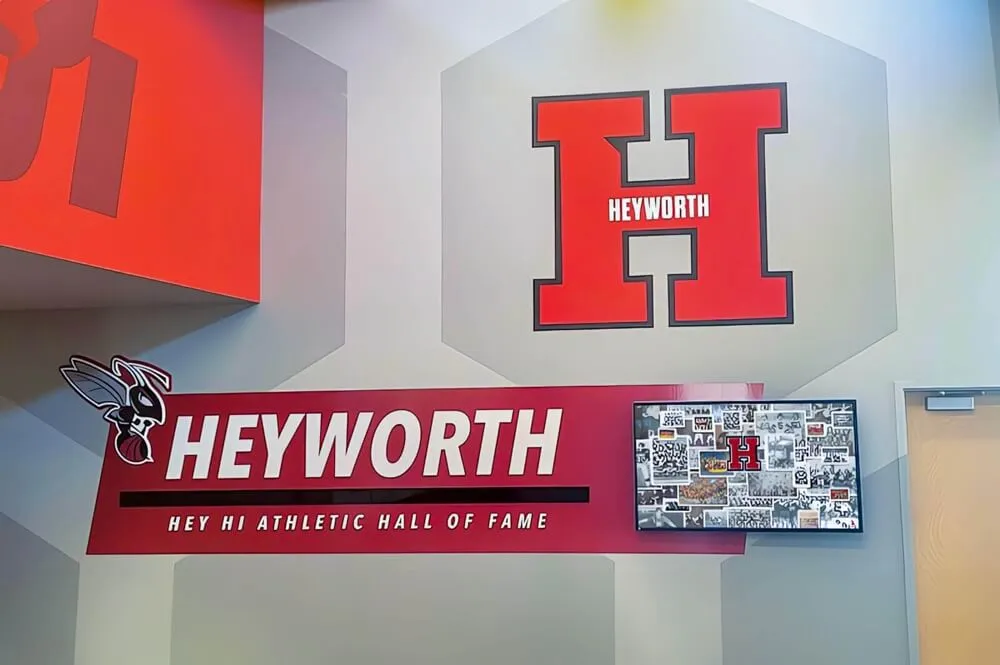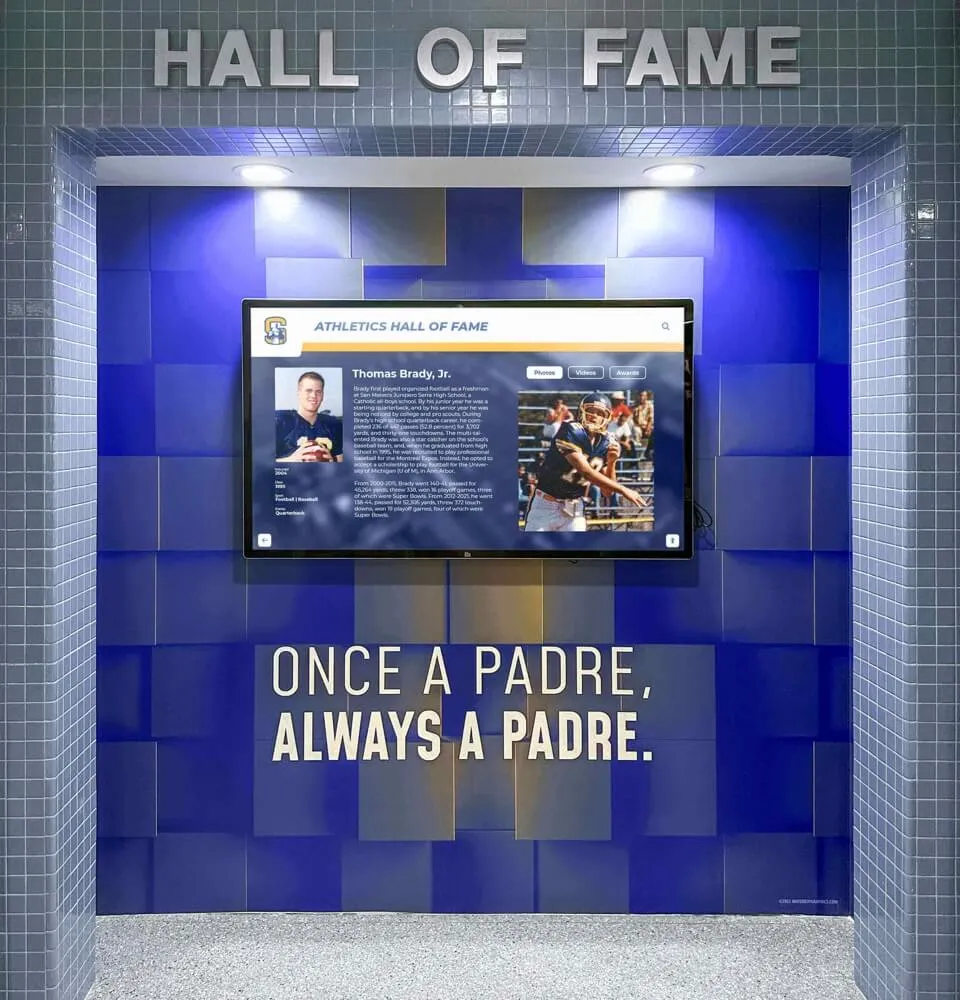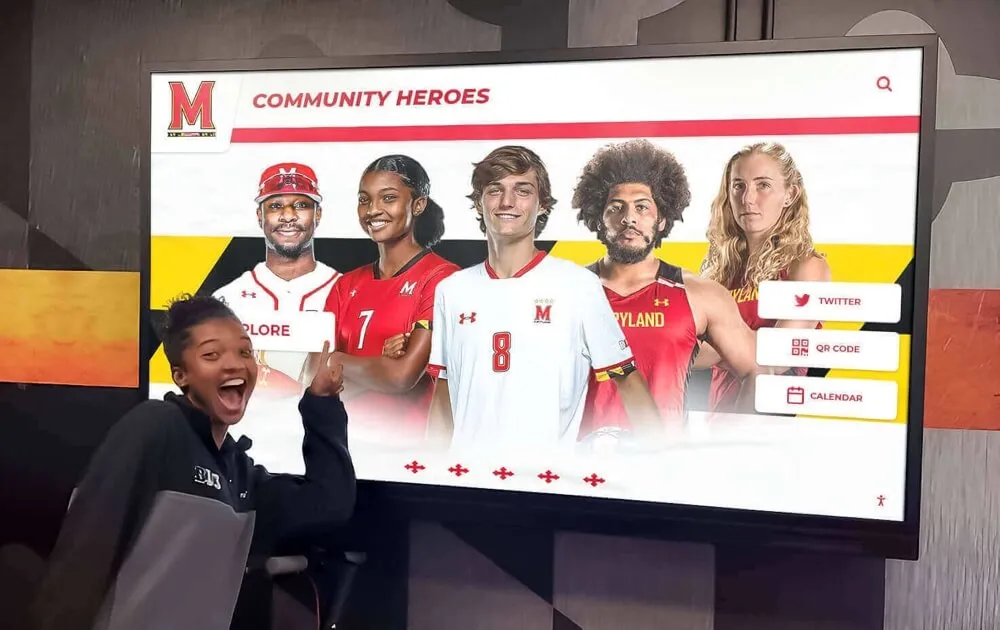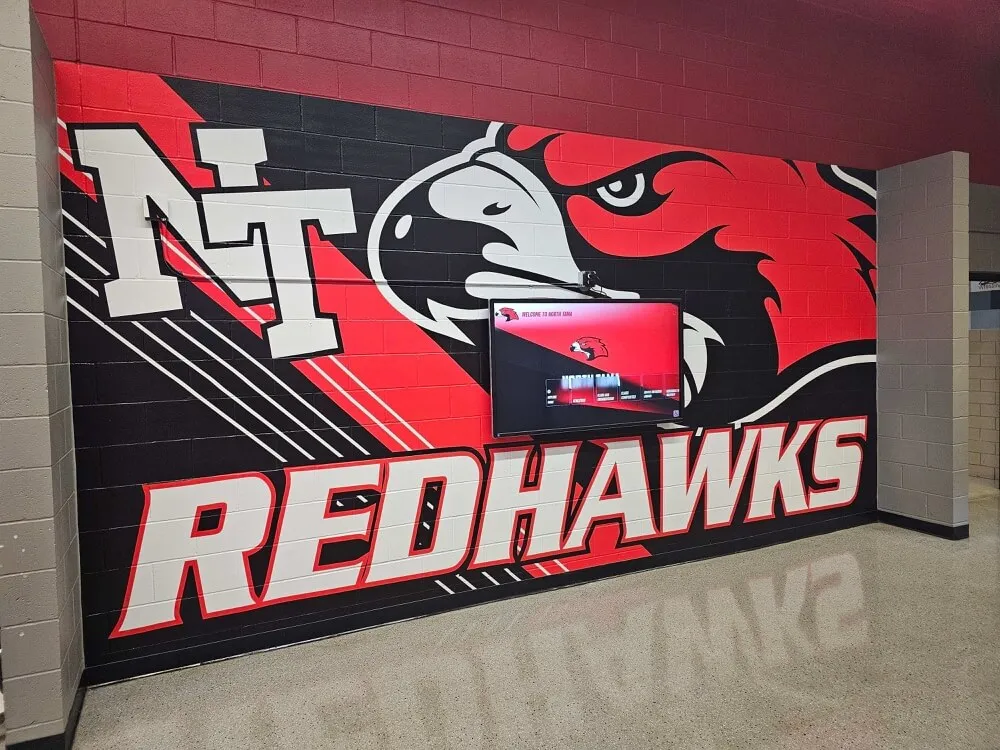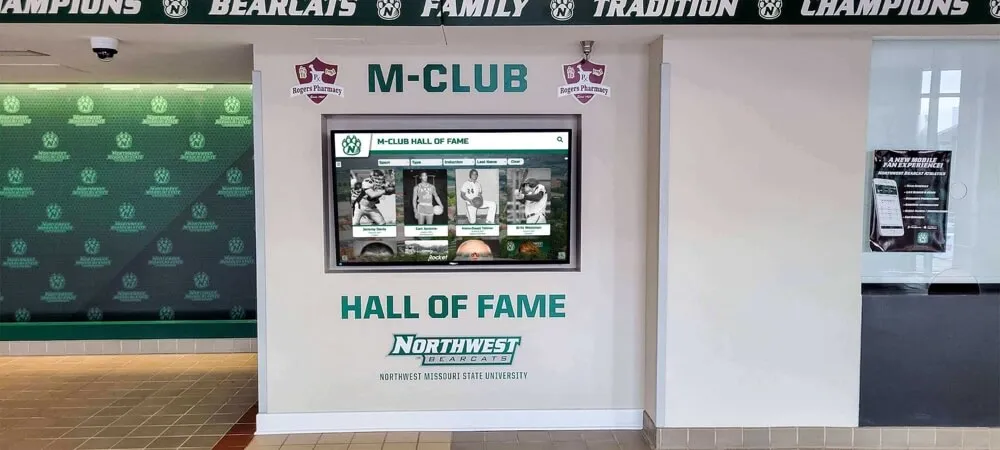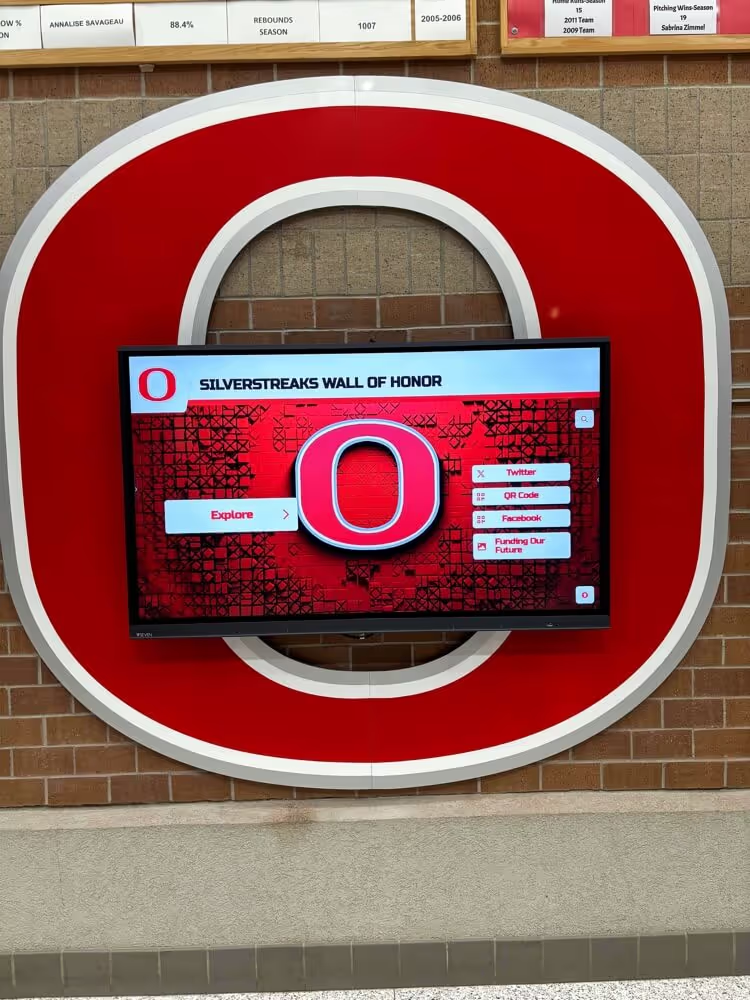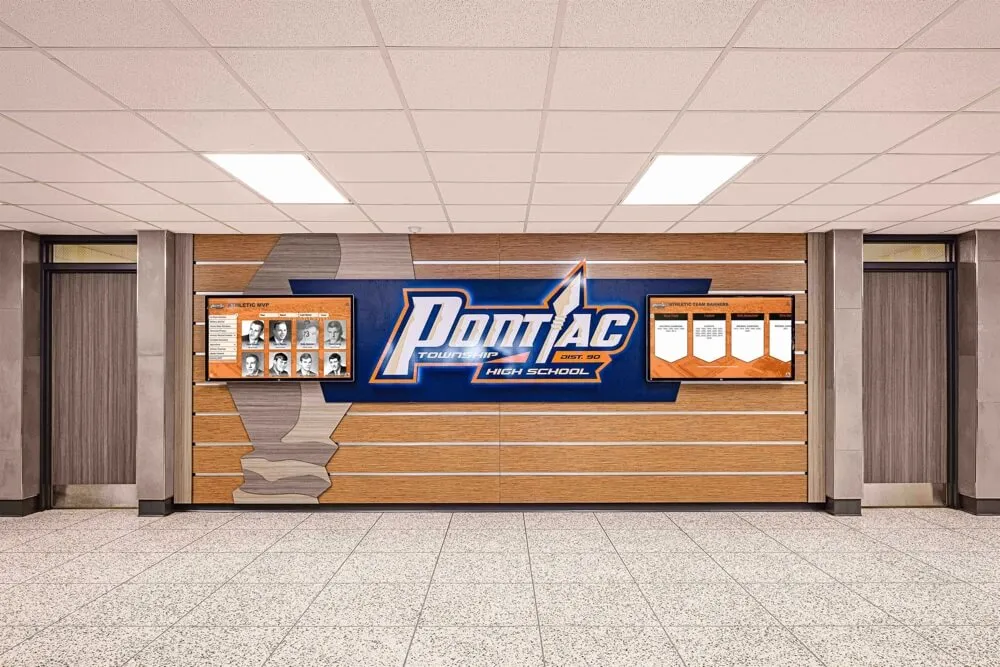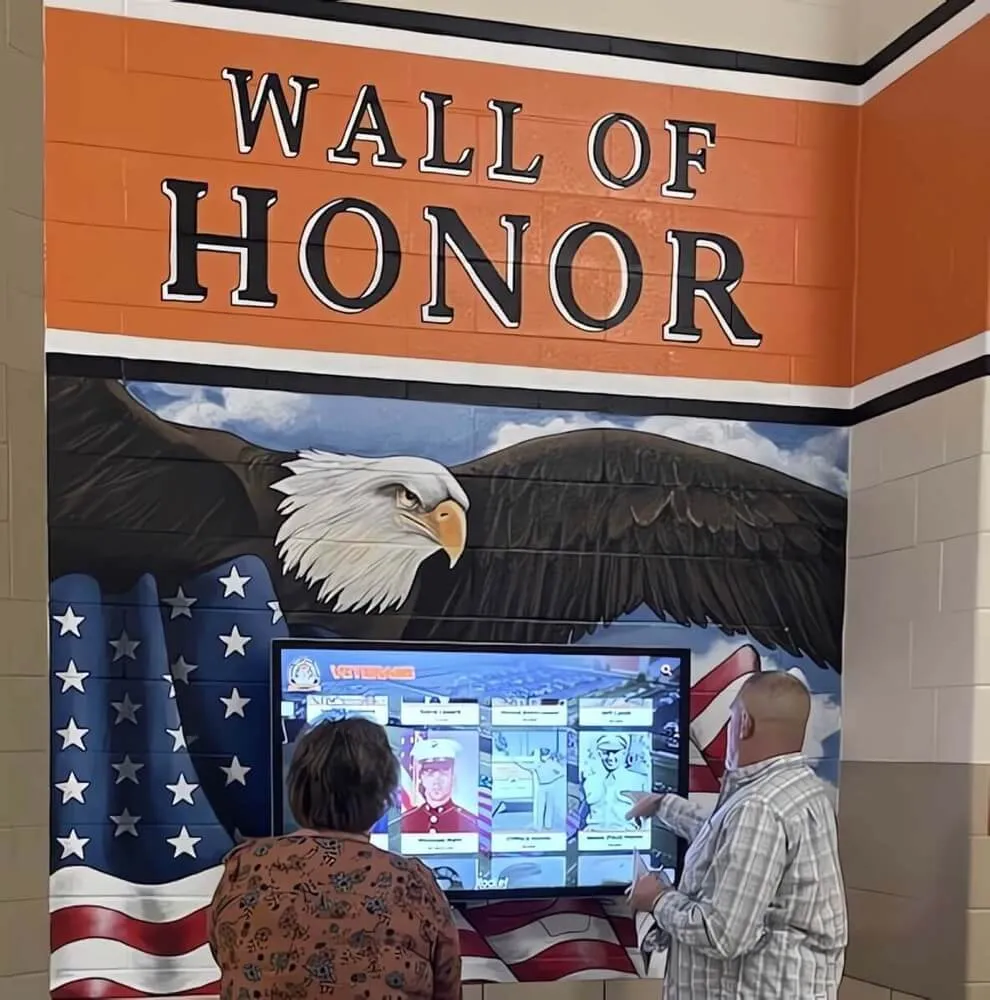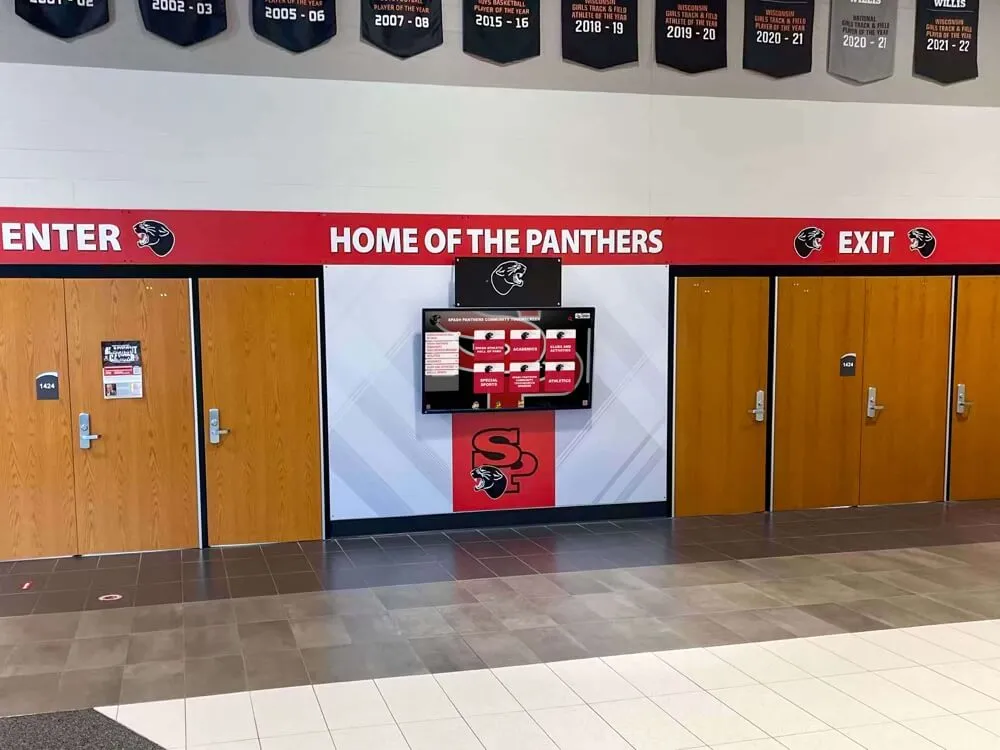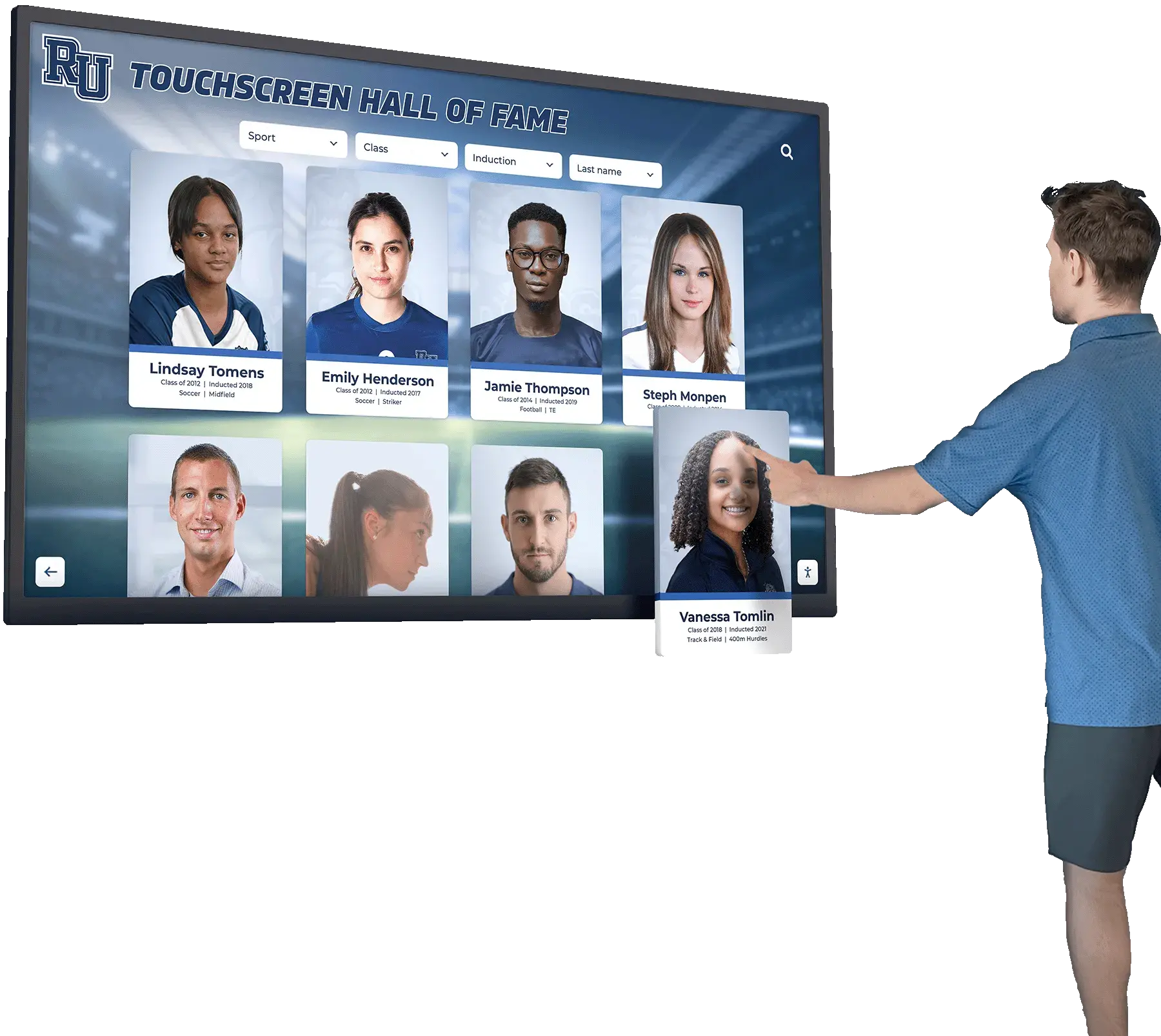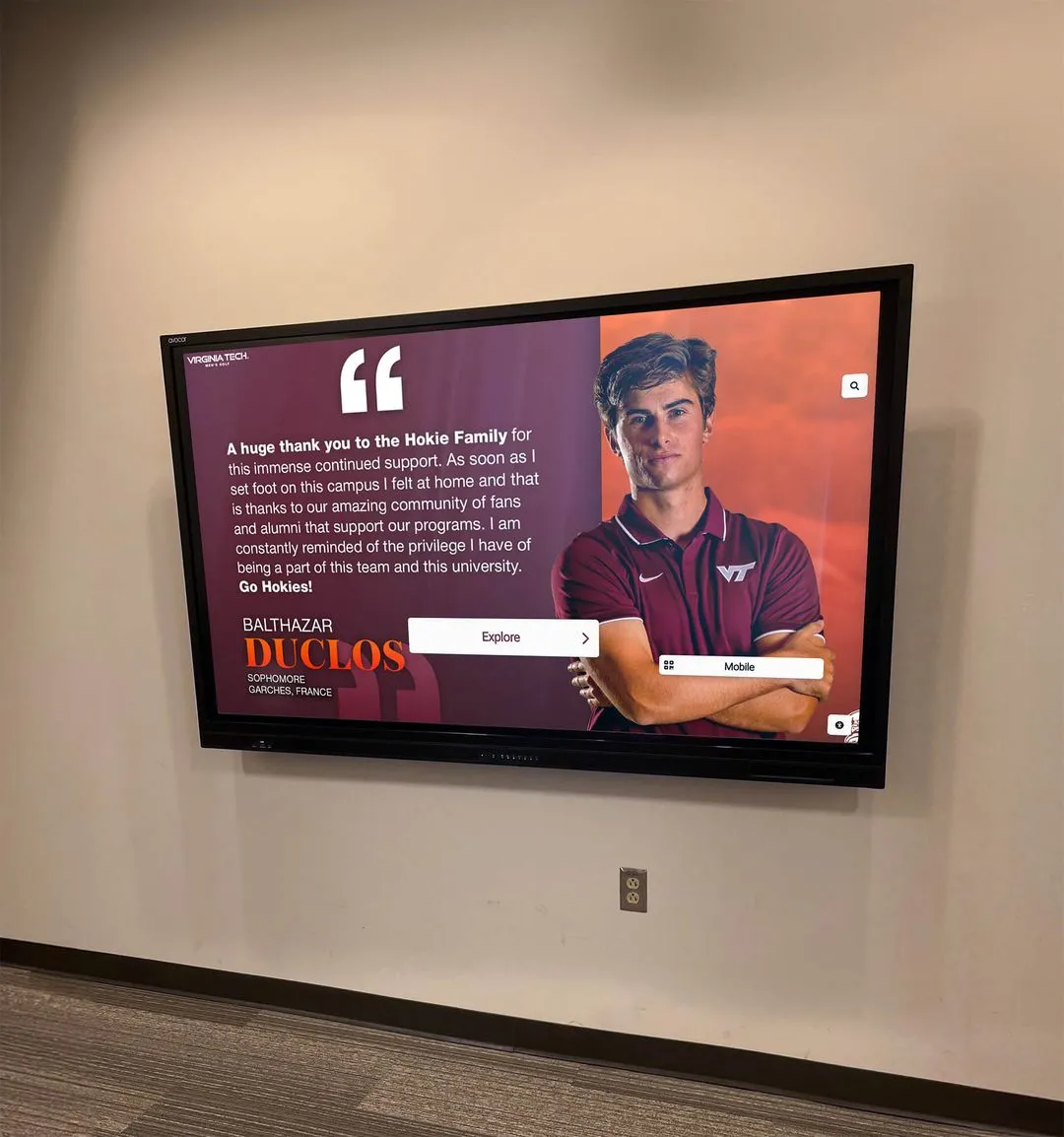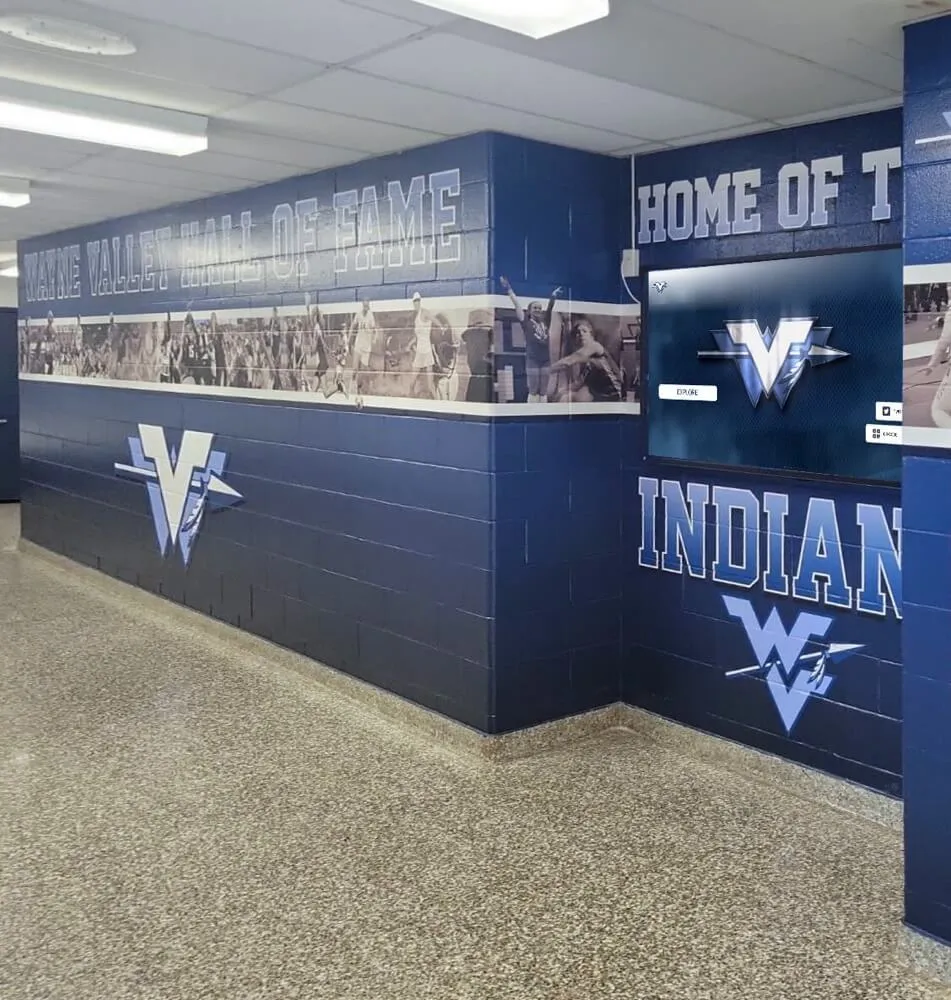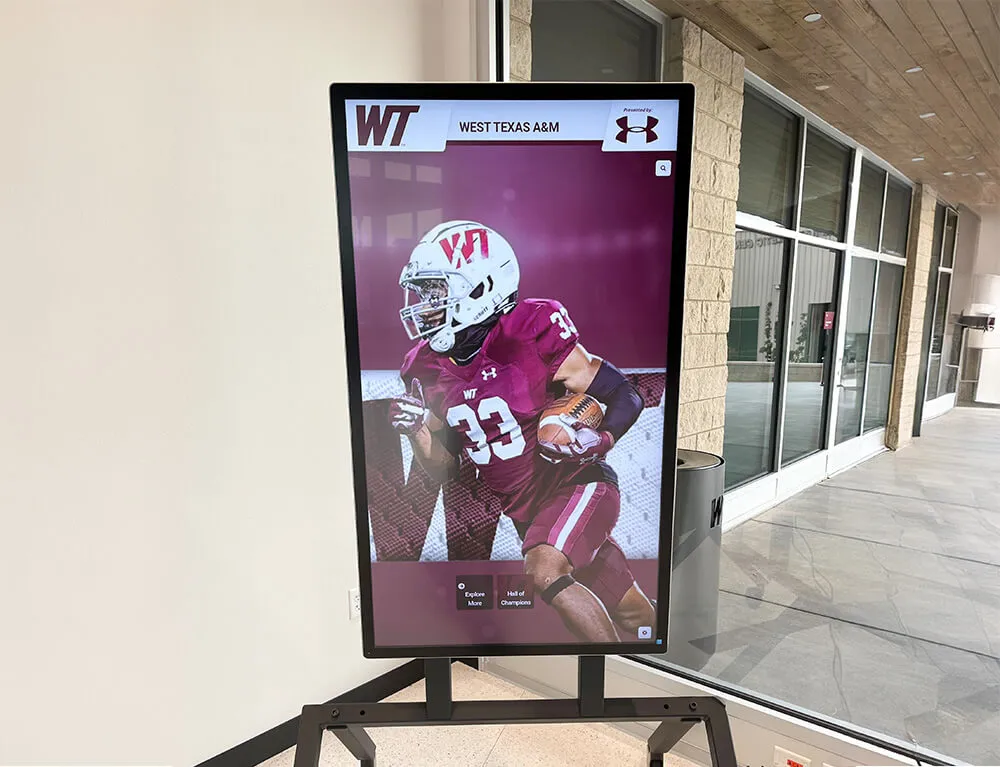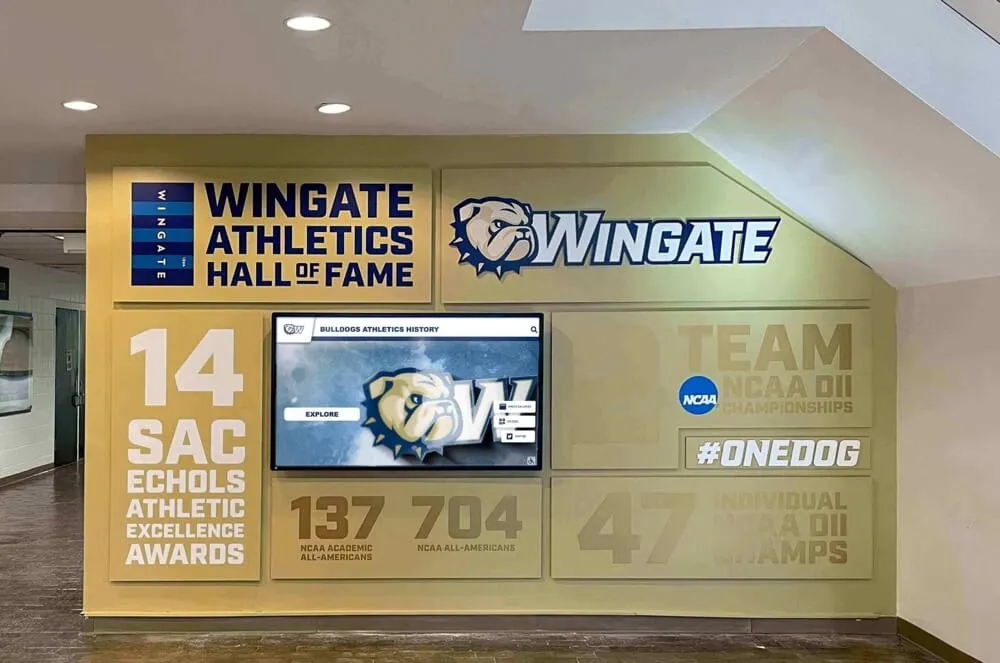Revolutionizing Recognition: The Interactive Digital Hall of Fame Era
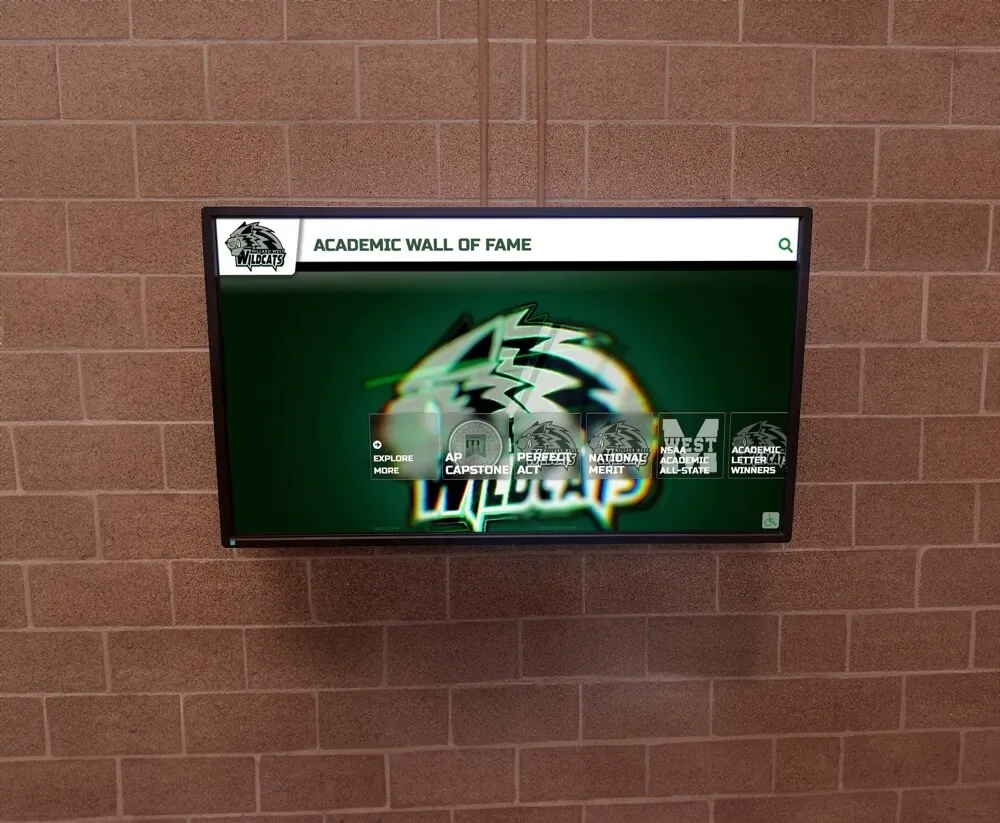
State-of-the-art touchscreen hall of fame installation transforming school recognition
What Defines a Modern Digital Hall of Fame?
An interactive digital hall of fame is a sophisticated recognition system powered by touchscreen technology that revolutionizes how schools, colleges, and universities honor their distinguished alumni, exceptional students, noteworthy faculty, and generous donors. Far more than just a digital replica of traditional displays, these systems create immersive, interactive experiences that engage visitors while showcasing institutional achievements.
Dynamic Content Delivery
Unlike static displays limited by physical space, digital recognition walls can house virtually unlimited profiles, videos, historical timelines, and interactive media—all accessible through intuitive navigation.
Touchscreen Interaction
Modern installations utilize commercial-grade touchscreen technology that invites visitors to explore content through tapping, swiping, and gestures—creating active rather than passive engagement.
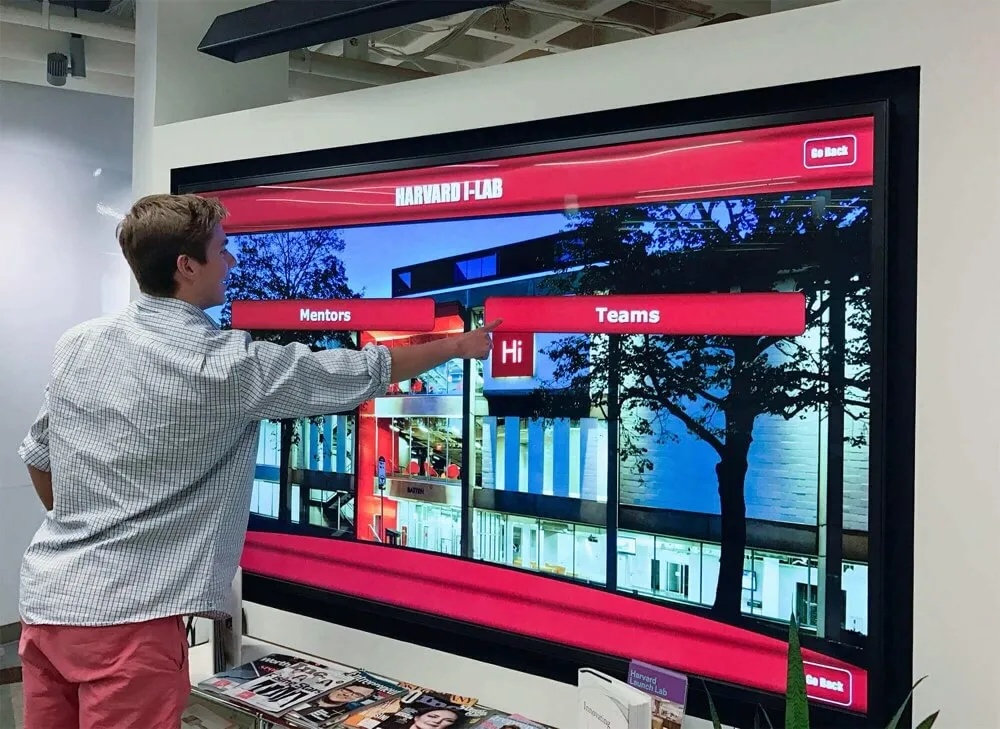
Web-accessible recognition display allowing remote viewing of honoree achievements
The Evolution from Physical to Digital Recognition
The transition from traditional to digital recognition represents a fundamental shift in how institutions honor achievement and preserve their heritage.
Comprehensive Comparison: Traditional vs. Digital Recognition Systems
| Aspect | Traditional halls of fame | Interactive Digital halls of fame |
|---|---|---|
| Display Format | Physical plaques, photos, trophies | Touchscreen displays with interactive interfaces |
| Content Capacity | Severely limited by available wall space | Virtually unlimited digital storage |
| Media Types | Primarily text and static photographs | Rich multimedia including videos, audio interviews, interactive timelines |
| Update Process | Physical replacement requiring contractor services | Instant content updates via cloud-based CMS |
| Accessibility | Location-bound with limited ADA compliance | ADA compliant with resizable text, screen readers support, and web access |
| User Engagement | Passive viewing experience | Interactive exploration with search and filter capabilities |
| Data Insights | No usage metrics available | Comprehensive analytics on visitor engagement |
| Long-term Cost | Ongoing expenses for physical additions | Higher initial investment with lower maintenance costs |
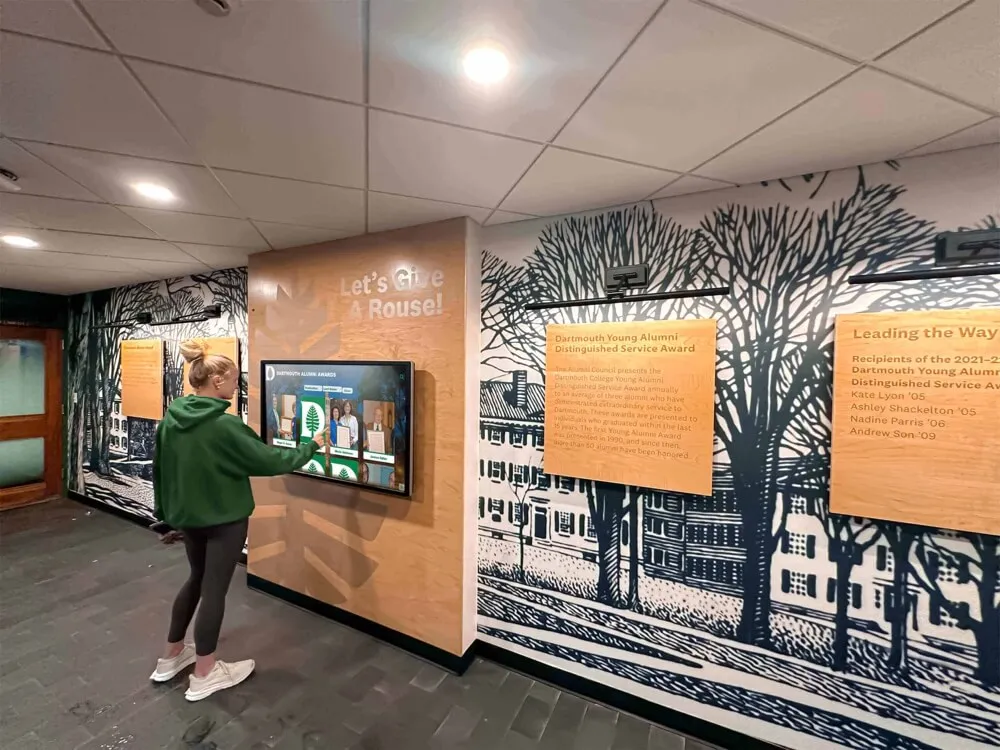
Digital donor recognition wall installation showcasing interactive donor profiles and giving history
Why Educational Institutions Are Embracing Digital Recognition Displays
The adoption of digital hall of fame systems is accelerating across educational institutions of all sizes for compelling reasons:
- 1.Enhanced Visitor Engagement: Interactive touchscreen displays transform passive viewers into active participants. Visitors spend 3-5 times longer engaging with digital displays compared to traditional walls of recognition, according to touchwall.us engagement studies.
- 2.Space Optimization: A single touchscreen can replace dozens of linear feet of wall displays, allowing institutions to honor more individuals without expanding physical space requirements. This efficient use of space is particularly valuable in renovated or historic buildings where wall space is limited.
- 3.Long-term ROI: While the initial investment exceeds traditional methods, the elimination of ongoing plaque production, installation labor, and physical updates creates significant cost savings over time. Many institutions report complete ROI within 3-5 years.
- 4.Rich Multimedia Storytelling: Digital displays enable institutions to tell comprehensive stories about honorees through videos, audio testimonials, photo galleries, and interactive timelines—creating emotional connections impossible with traditional plaques. These content strategies significantly enhance the impact of recognition.
- 5.Inclusive Accessibility: Digital solutions offer ADA-compliant features including adjustable text sizes, high-contrast modes, and compatibility with assistive technologies. The accessibility benefits ensure all visitors can engage with the content regardless of ability.
- 6.Remote Access Capabilities: Web-connected digital hall of fame systems allow alumni and community members worldwide to explore recognition displays from any device, dramatically expanding reach beyond physical campus visitors. This web accessibility feature has proven particularly valuable for geographically dispersed alumni networks.
- 7.Institutional Branding: Digital displays reinforce an institution's forward-thinking image, showcasing commitment to innovation while honoring tradition. The customizable interfaces can perfectly match school branding, creating a cohesive visual identity.
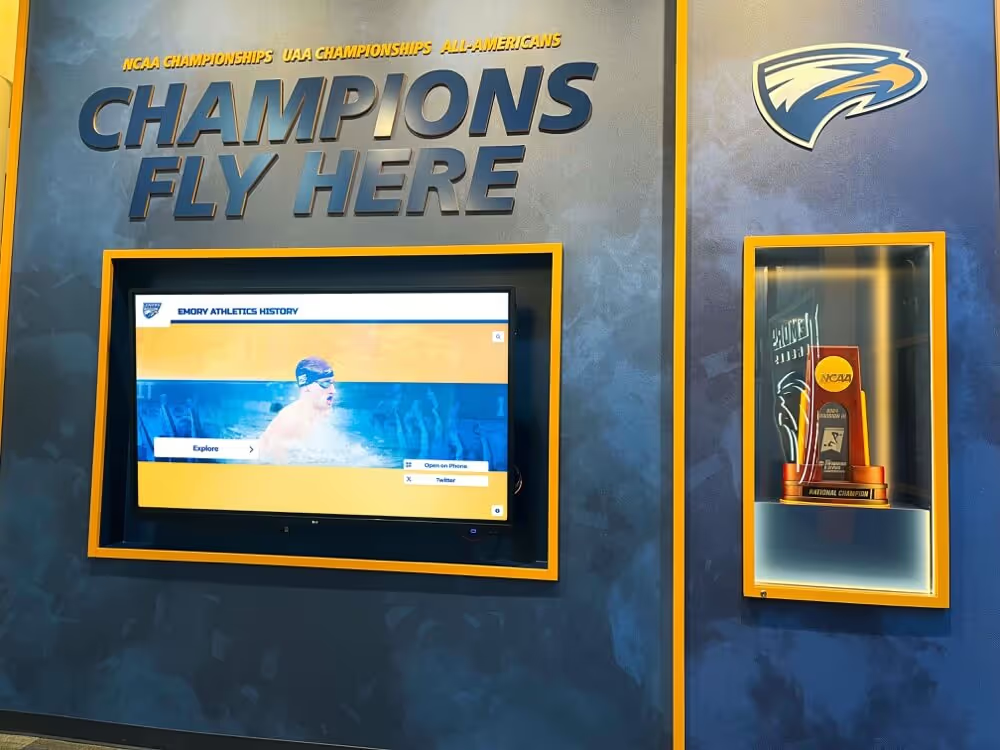
Cloud-based trophy display system with athletic record board integration showing interactive navigation
Essential Components of a Comprehensive Digital Hall of Fame Solution
A complete interactive digital hall of fame system consists of several integrated elements working together:
Hardware Infrastructure
Display Technology
Commercial-grade touchscreen monitors (typically 43"-75") with 4K resolution, featuring optical bonding for durability and enhanced visibility.
Computing Hardware
Dedicated media player computers optimized for smooth performance with integrated content caching for uninterrupted operation.
Installation Components
Custom mounting solutions integrating seamlessly with existing architecture, including recessed options for historic buildings.
Software Platform
The digital system is powered by specialized software with two primary components:
Administrative Content Management System (CMS)
- Cloud-based platform for content updates without technical expertise
- Role-based permissions for distributed content management
- Bulk upload capabilities for efficient honoree data import
- Scheduled content publishing for timed releases
User-Facing Interactive Application
- Intuitive touchscreen interface with customizable navigation
- Search functionality with multiple filtering options
- Advanced visualization tools for data representation
- Seamless content transitions and multimedia playback

Interactive touchscreen kiosk featuring customized interface with advanced search and filtering capabilities
Implementation Process: Creating Your Digital Hall of Fame
Transitioning to a digital hall of fame involves a structured approach:
Phase 1: Discovery & Planning
- Define recognition goals and categories
- Inventory existing content for digitization
- Assess installation environment
- Establish content governance processes
- Determine web accessibility requirements
Phase 2: Design & Development
- Create custom interface matching institutional branding
- Develop content templates for honoree profiles
- Configure search and navigation architecture
- Integrate multimedia content capabilities
- Implement accessibility features
Phase 3: Implementation & Training
- Hardware installation and configuration
- Content migration and quality assurance
- Administrator training sessions
- Launch event planning
- Ongoing support establishment
The comprehensive implementation process typically requires 8-12 weeks from initial planning to launch, with the most time-intensive aspect being content preparation and digitization of existing materials.
Maximizing the Impact of Your Digital Recognition Display
To ensure your digital hall of fame delivers maximum value:
Develop a Content Strategy: Create a systematic approach to honoree selection, profile development, and content refreshment to keep displays engaging. Learn more about effective content strategies for digital recognition.
Integrate with Existing Systems: Connect your digital hall of fame with alumni databases, donor management systems, and student information systems to streamline content updates and ensure accuracy.
Plan for Content Expansion: Establish protocols for regularly adding new honorees, updating existing profiles, and incorporating emerging media formats to keep content fresh and relevant.
Leverage Analytics: Use built-in engagement metrics to understand visitor behavior, popular content, and interaction patterns—then optimize the experience accordingly.
Create Programming Around the Display: Develop guided tours, scavenger hunts, and special event activations that incorporate the digital hall of fame to maximize community engagement.
Ready to Transform Your Recognition Program?
Discover how an interactive digital hall of fame can revolutionize how your institution honors achievement and engages your community.
Request Your Interactive Demo TodayFuture Trends in Digital Recognition Technology
As technology evolves, digital hall of fame systems continue to advance with emerging capabilities:
- Artificial Intelligence Integration: AI-powered search functionality allowing natural language queries about institutional history and achievements
- Augmented Reality Enhancements: AR features enabling mobile device users to access additional content layers when visiting physical display locations
- Biometric Interaction: Touchless gesture control and voice command navigation for hygienic interaction in public spaces
- Personalized Experiences: Recognition displays that customize content based on viewer preferences or alumni status
Staying informed about future trends in digital recognition helps institutions make forward-looking decisions when investing in these systems.
The transition from traditional to digital recognition represents not merely a technological upgrade but a fundamental reimagining of how institutions honor achievement and preserve legacy. By embracing interactive digital hall of fame technology, schools create more engaging, accessible, and comprehensive recognition experiences that resonate with today’s technology-immersed audiences while preserving institutional heritage for future generations.





